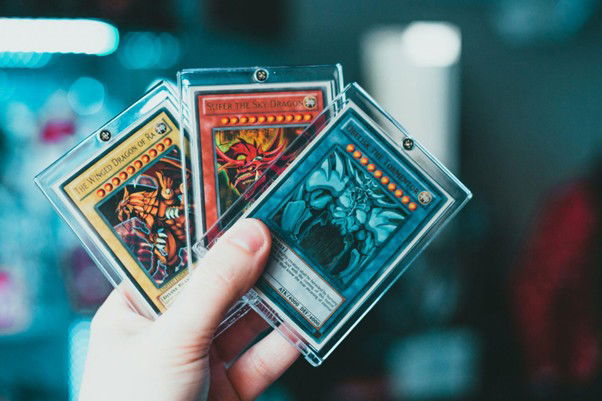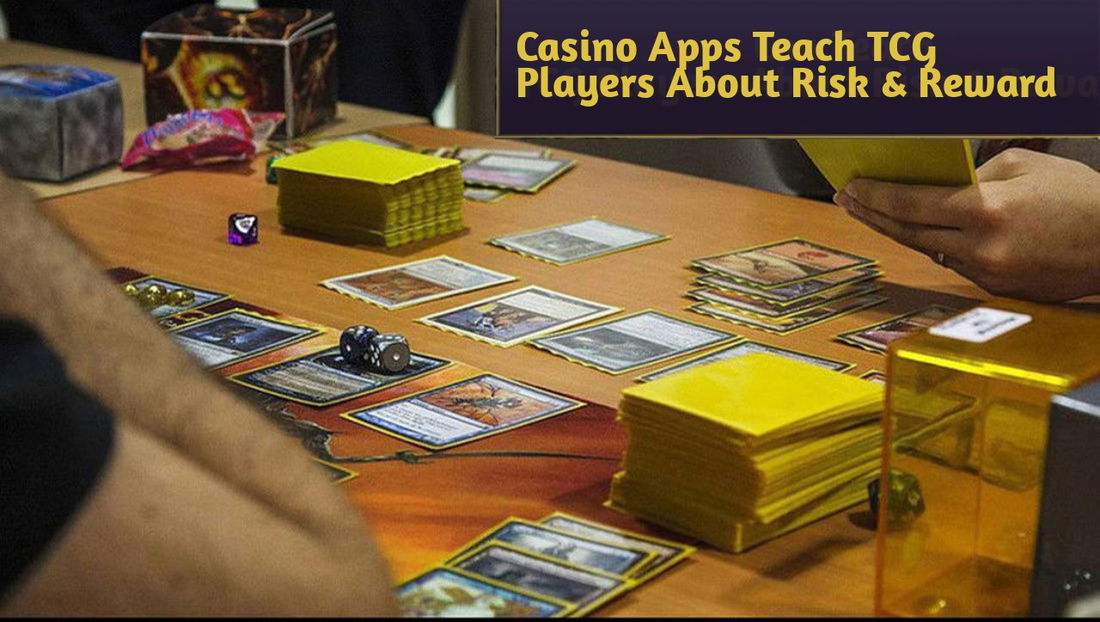Shifting from fantasy-driven decks to numerical strategy at the table is more natural than it might seem.
Recognizing Strategic Parallels
At a surface level, trading card games and poker might appear to belong to different worlds. One is often packed with dragons and spells, the other defined by chips and playing cards. But structurally, they both reward tactical discipline and long-term strategic planning. Poker, like TCGs, requires anticipating opponents’ moves, balancing risk, and capitalizing on limited information. All it takes is practice and time.
Just like learning any TCG, the process of learning poker is very similar. The first step is to find where you wish to play. You've found your favorite TCG club, and now you can find where you can comfortably play poker, with players on various skill levels, game modes, and bet types. After all, poker is the ultimate brain sport that combines psychological warfare, mathematical thinking, and strategic judgment, and the question is where to play can be solved by picking any platform online that suits your preference. The best platforms offer a range of poker variations (source: https://www.pokerscout.com/kr/).
TCG players already understand how to work with hidden information and probabilistic outcomes. When a Yu-Gi-Oh player plans a combo without knowing the opponent’s trap card, they’re engaging in the same cognitive process as a poker player wondering whether to call a river bet.

Translating Deck Knowledge into Hand Ranges
In trading card games, knowing your deck inside and out is crucial. You must memorize probabilities, manage mana or energy resources, and predict which cards will be drawn next. Poker offers a similar but leaner structure. Instead of a personalized deck, you work with shared community cards and randomized hands, but the idea of range still applies.
Ad
Experienced players calculate “hand ranges,” or the spectrum of possible hands an opponent might hold, based on betting behavior and board texture. TCG players already know how to think in terms of possible outs, but even after nearly 30 years, there is still something new to learn about conditions, counter plays, and players, proving that you must always stay on your toes. Shifting that mindset from card synergies to statistical likelihoods allows TCG players to enter poker with a conceptual head start.
Learning to Let Go of Attachment
Unlike trading card games, poker involves discarding emotional attachment to individual hands. In Magic or Hearthstone, players may rely on a favorite combo or a powerful legendary card, waiting for the right moment to use it. In poker, each hand is transient and must be evaluated based on the present context, not potential or sentimental value.
Letting go of “what could’ve been” is essential. A player holding ace-king might feel confident due to the perceived strength of the hand, but if the board develops poorly, clinging to that hand becomes costly. This is a shift in mindset that TCG players must embrace: every decision should be rooted in current equity, not emotional bias.
Leverage Pattern Recognition and Bluff Analysis
One major edge TCG players bring to poker is pattern recognition. In card games, you learn to identify lines of play, anticipate an opponent’s next move, and exploit tendencies. Poker rewards the same skillset.
Some examples of transferable pattern recognition are:
1. Identifying when an opponent continues to bet too frequently on the flop
Ad
2. Recognizing common bluffing lines based on bet sizing and timing
3. Noticing passive versus aggressive tendencies at different stages of a hand
4. Tracking betting patterns over multiple sessions to detect long-term strategies
These insights form a core part of poker success and mirror the analytical frameworks TCG players are already comfortable with.
Resource Management Becomes Bankroll Management
Card game veterans understand how to spend resources wisely, whether it’s mana, life points, or tempo. Poker transforms this concept into bankroll management.
TCG players who are used to sequencing plays for maximum value, like ramping in Magic The Gathering, will find comfort in treating their bankroll as a long-term resource pool. Discipline here determines survival more than talent. This includes knowing which stakes to play at, avoiding unnecessary risks, and calculating expected value before committing chips.
Bankroll management principles include:
Ad
1. Avoiding playing above your means
2. Keeping session losses within a predefined limit
3. Viewing poker as a long-term game rather than chasing short-term gains
4. Using data and hand histories to identify leaks, much like analyzing a deck after a tournament
Rewiring Your Win Condition Perspective
In trading card games, winning usually means reducing your opponent’s life to zero or meeting a game-specific victory condition. In poker, winning can be less direct. You might win a session by folding repeatedly and losing small, or by making disciplined plays that preserve your bankroll.
The win condition in poker is not always about taking a pot; it’s about making the correct decision, regardless of the outcome. If you call with a better hand and get outdrawn, that’s still a correct play. TCG players must adjust from results-based thinking to decision-based evaluation.





— Comments
0Be the first to comment